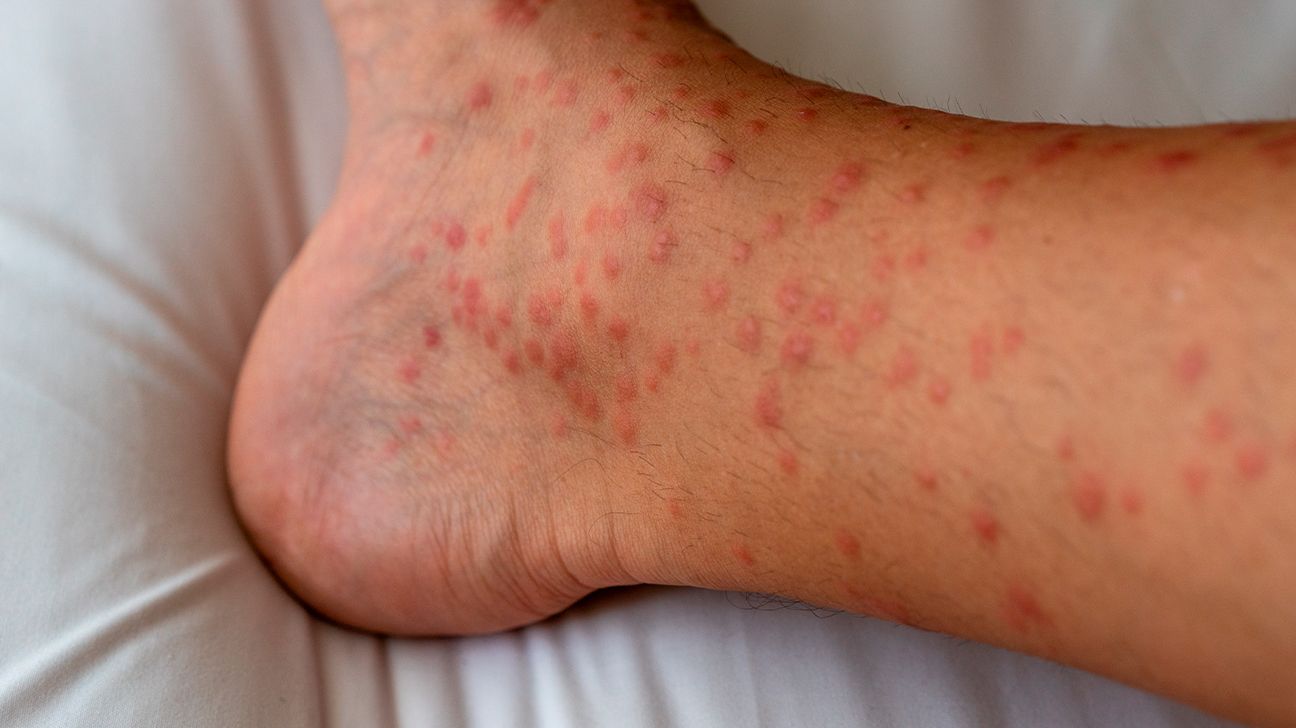
Understanding and Managing Body Rashes: Expert Insights
Exploring the Causes of Body Rashes
Body rashes are a common skin condition that can be caused by various factors, including allergies, infections, irritants, and underlying medical conditions. Allergic reactions to foods, medications, or environmental triggers, such as pollen or pet dander, can lead to the development of rashes on the skin. Similarly, fungal, bacterial, or viral infections can also cause skin rashes, as can contact with irritating substances like chemicals or fabrics.
Identifying Common Symptoms of Body Rashes
The symptoms of body rashes can vary depending on the underlying cause but often include redness, itching, swelling, and inflammation of the skin. Rashes may appear as raised bumps, blisters, or patches of dry, flaky skin. In some cases, rashes may be accompanied by other symptoms such as fever, fatigue, or joint pain, especially if the rash is the result of an underlying infection or autoimmune condition.
Seeking Medical Evaluation for Body Rashes
If you develop a rash that is severe, persistent, or accompanied by other concerning symptoms, it’s essential to seek medical evaluation promptly. A healthcare provider can examine the rash, review your medical history, and perform any necessary tests to determine the underlying cause. Depending on the diagnosis, treatment may involve medications, topical creams or ointments, or other interventions to alleviate symptoms and address the underlying issue.
Preventing Body Rashes: Tips for Skin Health
While some causes of body rashes may be unavoidable, there are steps you can take to help prevent their occurrence. Practice good hygiene by washing your skin regularly with mild soap and water, and moisturize daily to keep your skin hydrated and healthy. Avoiding known allergens or irritants, such as certain foods, medications, or personal care products, can also help prevent allergic reactions and skin irritation. Additionally, wearing loose-fitting clothing made from breathable fabrics can reduce friction and irritation on the skin.
Treating Body Rashes: Home Remedies and Over-the-Counter Options
For mild cases of body rashes, home remedies and over-the-counter treatments may provide relief. Applying cool compresses or taking oatmeal baths can help soothe itching and inflammation, while over-the-counter antihistamines or corticosteroid creams can help alleviate symptoms of allergic reactions. Calamine lotion, hydrocortisone cream, or over-the-counter pain relievers may also be effective in reducing discomfort associated with rashes.
Managing Chronic or Recurrent Body Rashes
If you experience chronic or recurrent body rashes, it’s essential to work closely with your healthcare provider to identify triggers and develop a management plan. Keeping a diary of your symptoms, including any potential triggers or exacerbating factors, can help pinpoint patterns and guide treatment decisions. Your healthcare provider may recommend allergy testing, blood work, or other diagnostic tests to further evaluate underlying causes and develop an appropriate treatment approach.
Embracing Skin Health and Wellness
Maintaining healthy skin is essential for overall well-being, and taking steps to prevent and manage body rashes is an important aspect of skin health. By practicing good hygiene, avoiding known triggers, seeking prompt medical evaluation when needed, and working closely with healthcare providers to develop personalized treatment plans, you can keep your skin looking and feeling its best. Remember that everyone’s skin is unique, so what works for one person may not work for another—be patient and persistent in finding the right approach for you. Read more about rashes on body



